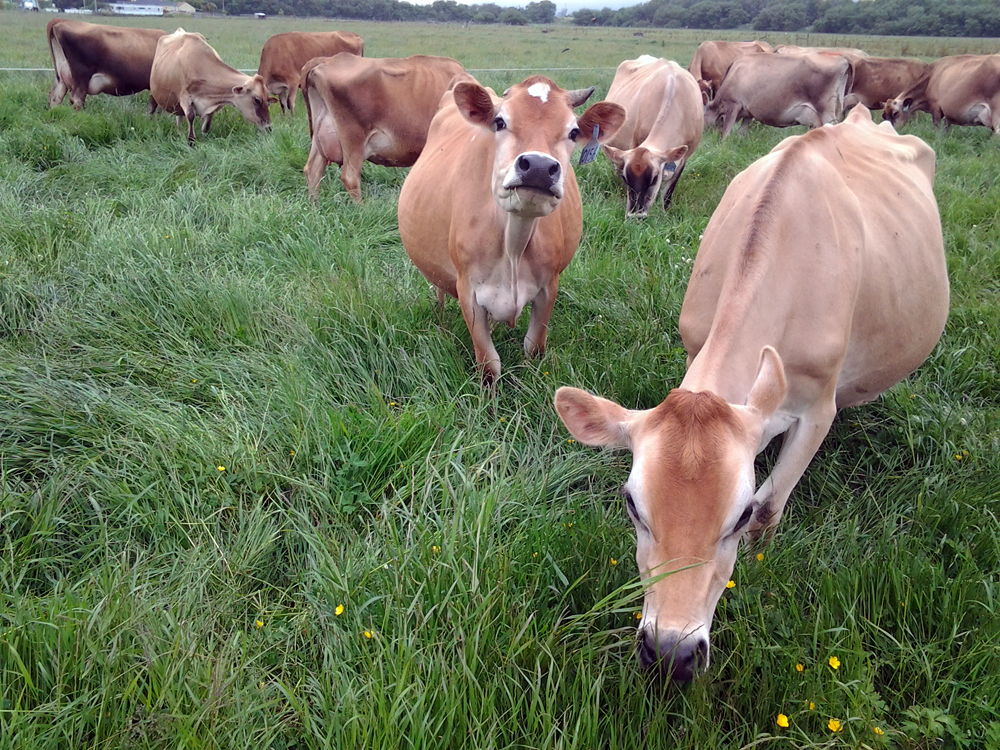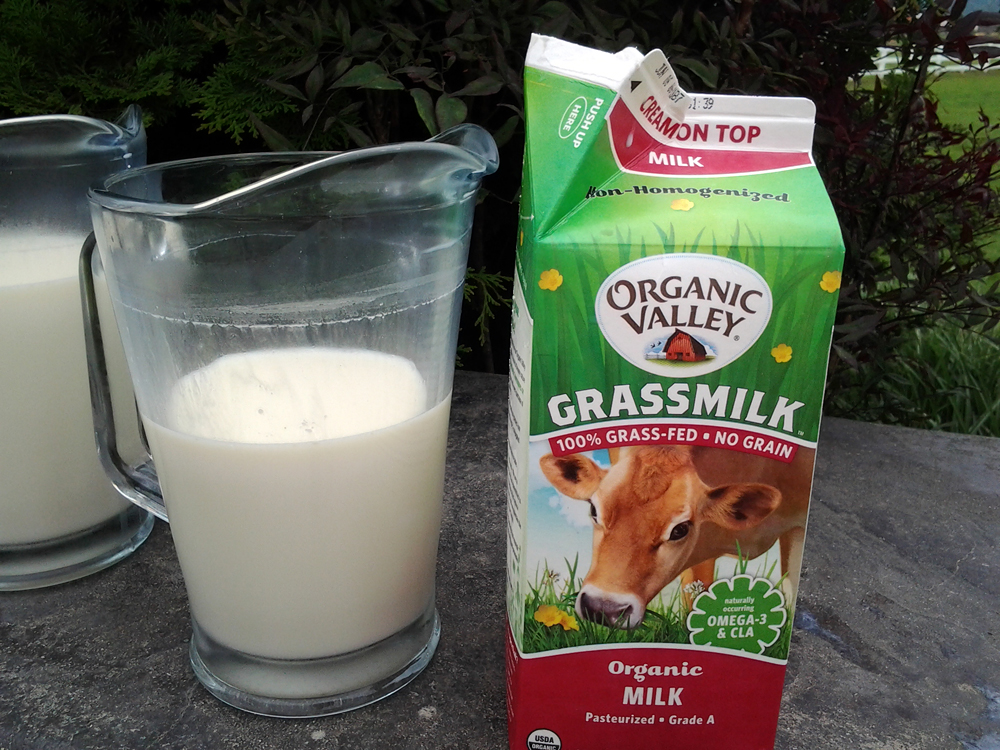School is almost back in session, and the consumption and purchase of milk will rise predictably, according to Mike Griffin, the California Pool Manager for Organic Valley. The company is the country’s largest dairy cooperative headquartered in Wisconsin and it recently marked its 25th anniversary. Organic Valley has a substantial number of farmer members in California and all the milk sold in California is produced by cows that reside in-state. Last year, Organic Valley launched an organic grassmilk product line, which consists of milk from cows fed a 100 percent grass diet. This milk is produced in Humboldt County, which has an exceptionally long grass season. When fresh grass is not available, the cows are fed dry forages like hay.

Jim Regli, his wife Susan and their seven children are in the Organic Valley cooperative, and their farm has been in the family for several generations. The decision to try producing grassmilk made sense when Jim analyzed it: “We already had cows on pasture. The economics looked like we’d get a stable pay price with grassmilk.” Stability may be a draw even if this is the first wave of grassmilk production-- before joining Organic Valley, the Reglis were a part of the Humboldt Creamery, which went bankrupt. Regli saw in grassmilk “a perfect opportunity. I always wanted to do this and saw the economics as a way to be more profitable. Our grain bill was huge and grain prices continue to go up. Buying alfalfa pellets for the grass is half or two-thirds the cost of what our grain bill was.”
Savvy grocery shoppers who are comfortable seeking out items like grass-fed beef, biodynamic wine and similar smaller batch items may want to keep a look out for this new product which shows signs of being a new trend. Look for the picture of an adorable and sweet looking brown Jersey cow in the dairy section and you’ve found it: organic grassmilk, which gets its name from the food source and has a suggested retail price of $5.49 for a half gallon. Not surprisingly, Whole Foods Markets nabbed first mover status for grassmilk, with an assist from the Northern California farmers in the Humboldt County of Ferndale that are a part of Organic Valley. Eleanor Bertino, who organized a media tour of Organic Valley, said “Most organic milk drinkers want their milk from grass-fed cows but demand outpaces supply.”
With beef, flavor and the animal’s health are among the reasons a consumer is willing to pay more for a grass-fed product. The theory there is that buying grass-fed beef gives eaters a meal without antibiotics and added hormones, and many find the meat flavor to be slightly sweeter and more nuanced with grass. In a similar fashion, the theory is that Organic Valley cows grazing on grass grown in quality soil will produce higher quality grassmilk. Griffin said that even the sweetness via the sugar levels of the grass can be measured with a field tool called a refractometer, to make sure the grass is appealing to the cows. These cows simply won't eat or touch the grass when the refractometer says the sugar levels are too low in the grass.
